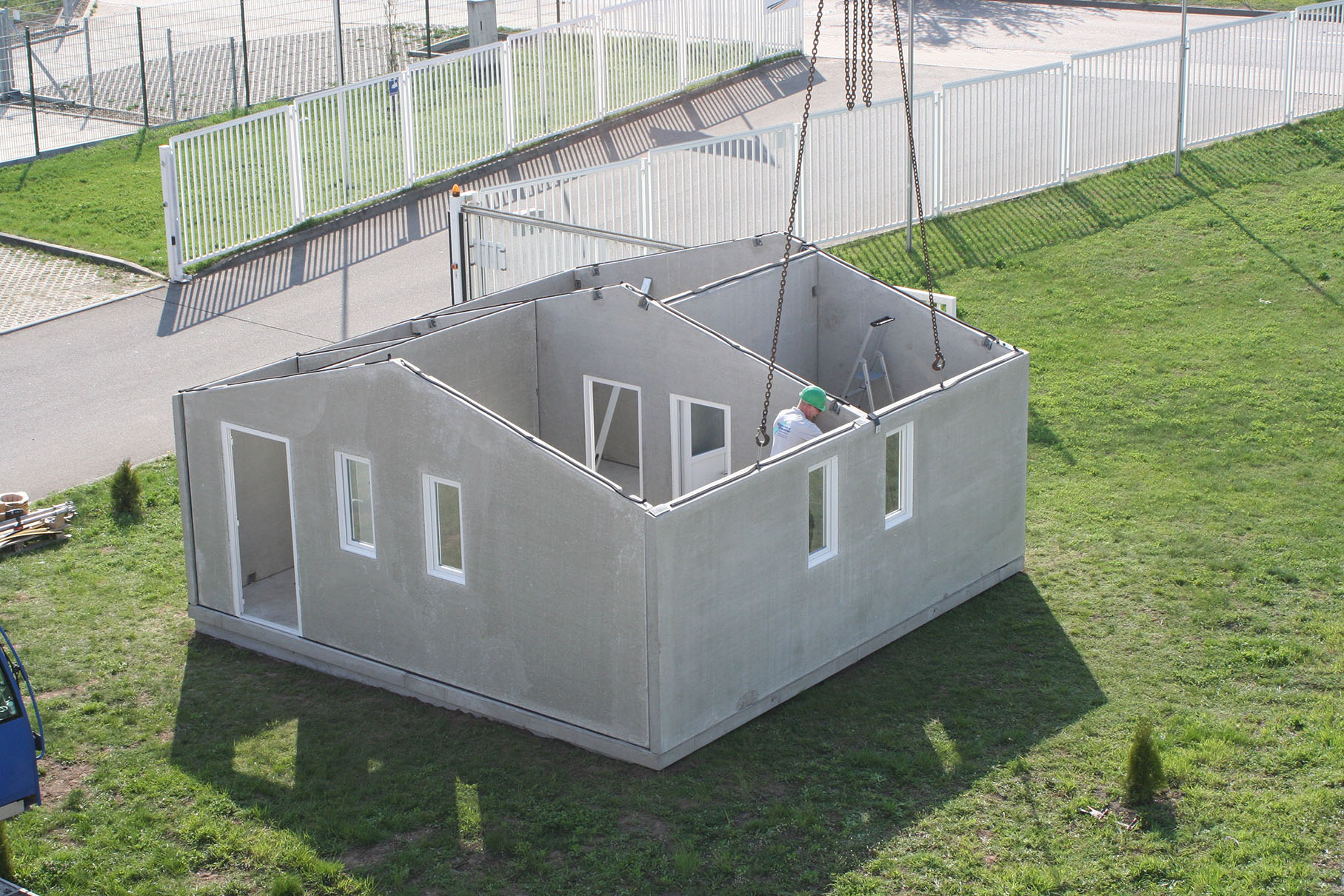Low-Cost Housing Technology
Introduction
In the realm of affordable housing, innovative technologies are playing a crucial role in addressing the global housing crisis. One such example is the ARS (Appropriate Rural Technology) program in Tamenglong district, Manipur, India, which has successfully developed a technology that enables rural communities to produce high-quality, low-cost housing using local bamboo resources. This initiative, established by INBAR (International Network for Bamboo and Rattan) in 2002, not only addresses housing shortages but also generates rural livelihoods by involving local communities in the production process. This article will delve into the specifics of this project, its impact, and the potential for scaling up, all within the broader context of housing technology.

The ARS Program and Housing Technology
The ARS program in Tamenglong district represents a significant advancement in housing technology, particularly in the context of rural areas. By utilizing local bamboo resources, the program has developed a method that allows rural communities to produce high-quality, low-cost housing. The construction techniques employed are simple yet effective, relying on the gradual transfer of weight from the top of the structure to the ground. This method not only ensures structural integrity but also makes the process accessible to local communities, enabling them to participate directly in the production of their homes.
The Role of TAMBAC and Supporting Institutions
At the local level, the Tamenglong Bamboo and Cane Development Centre (TAMBAC), a community-based NGO established with support from INBAR, runs the construction project. TAMBAC plays a pivotal role in organizing and facilitating the production process, ensuring that the technology developed by the ARS program is effectively implemented. Other national institutions, including CIBART (Centre for Indian Bamboo Resource and Technology), IPIRTI (Indian Plywood Industries Research and Training Institute), and the District Rural Development Agency (DRDA), have also provided support for the development of housing construction. These institutions contribute to the project through technical assistance, training, and resource allocation, thereby strengthening the overall impact of the initiative.
The Potential for Scaling Up
The success of the construction program in Tamenglong has garnered significant interest from both private individuals and government institutions. This interest highlights the potential for scaling up TAMBAC’s production capacity to meet the growing demand for affordable rural housing. Strong marketing links have already been established with the governments of Uttarakhand and Manipur, indicating a willingness to expand the project’s reach and impact. The need for affordable housing in the North East of India is substantial, with a housing shortage of approximately 460,000 units, over 90% of which are in rural areas. By leveraging local bamboo resources, which are competitively priced and require minimal technology compared to timber and concrete, the project can continue to provide cost-effective solutions while also promoting sustainability.
Community Participation and Training
One of the key strengths of the Tamenglong project is its emphasis on community participation. By involving rural community members in the training process, the project not only equips them with valuable skills but also fosters a sense of ownership and pride in the homes they build. This participatory approach is crucial for the long-term success of the initiative, as it ensures that the knowledge and skills gained are passed down and shared within the community. The use of local materials and simple construction techniques further enhances the feasibility of community involvement, making the project a model for sustainable and inclusive housing development.
Institutional Network and Market Links
A strong institutional network, headed by TAMBAC, is in place to develop further market links and ensure the project’s sustainability. This network includes collaborations with government agencies, NGOs, and private sector partners, all of whom contribute to the project’s growth and expansion. By fostering these partnerships, TAMBAC can tap into additional resources and expertise, thereby strengthening its capacity to meet the housing needs of rural communities. The development of market links is also crucial for the project’s long-term viability, as it ensures a steady demand for the housing units produced.
Conclusion
The ARS program in Tamenglong district, Manipur, India, stands as a testament to the transformative power of housing technology. By leveraging local bamboo resources and simple construction techniques, the project has successfully developed a model for high-quality, low-cost housing that directly involves rural communities in the production process. The support of institutions like TAMBAC, CIBART, IPIRTI, and DRDA has been instrumental in the project’s success, highlighting the importance of collaboration in addressing housing shortages. As interest in the project grows, there is significant potential for scaling up TAMBAC’s production capacity to meet the vast demand for affordable rural housing in the region. By continuing to foster community participation, develop market links, and strengthen institutional networks, the Tamenglong project can serve as a blueprint for sustainable and inclusive housing development initiatives worldwide.
